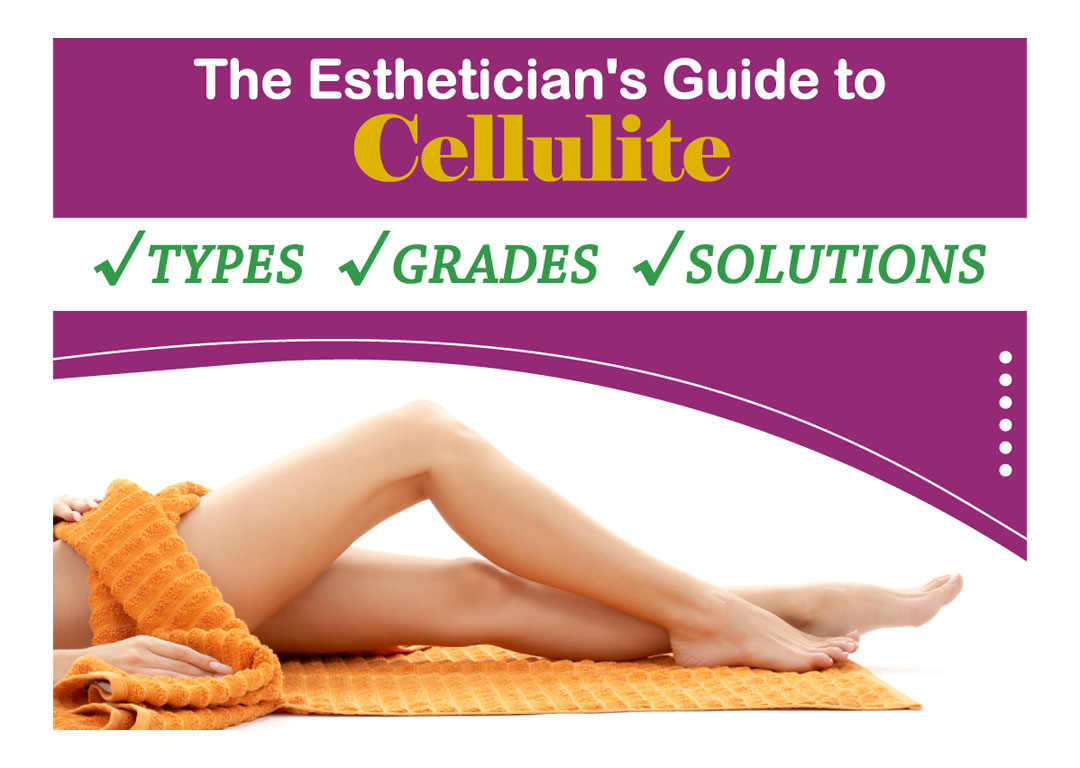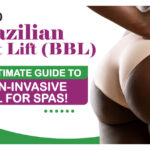Dear Esthetics Professionals and Spa Owners, today we delve into a topic that is as prevalent as it is complex—cellulite. This condition, affecting not just the skin but also the confidence and well-being of our clients, demands a deep understanding to offer tailored and effective treatments.
Gear up to become a cellulite expert!
1. What is Cellulite?
Before exploring the various types and grades of cellulite, let’s define it. Cellulite is a subcutaneous tissue alteration where fat accumulation leads to that characteristic orange peel appearance. It predominantly affects women and is usually found on legs, buttocks, abdomen, and arms.
2. Types of Cellulite
Classifying cellulite into types helps us understand its characteristics and causes:
Soft Cellulite: Marked by a flabby appearance, it’s common in individuals with fluctuating weight or low muscle tone and is more visible when sitting or pinching the skin.
Hard or Compact Cellulite: Often found in younger, active people, this type feels firm and is tightly attached to muscles.
Edematous Cellulite: This less common variety is linked to fluid retention and edema, causing pain and a swollen skin appearance.
3. Grades of Cellulite
Determining the cellulite grade is crucial for choosing the right treatment:
Grade 1: No visible signs at rest, only when pinching the skin.
Grade 2: Orange peel texture is visible when standing but not when lying down.
Grade 3: The orange peel look is apparent regardless of the person’s position.
Grade 4: Cellulite is constantly visible, accompanied by nodules and pain.
4. Identification and Diagnosis
A thorough assessment including visual inspection, palpation, and the client’s medical history is vital for identifying the cellulite type and grade, guiding the selection of the most appropriate treatment.
5. Non-Invasive Treatments
A variety of non-invasive treatments can be applied in your spa:
For Soft Cellulite:
-Radiofrequency: Enhances skin firmness by stimulating collagen production, ideal for addressing the laxity associated with soft cellulite.
-Anticellulite Massages: Boost circulation and aid in breaking down fat accumulations.
-Toning Exercises: While not an aesthetic treatment per se, incorporating a muscle toning exercise regimen can be beneficial alongside other treatments.
For Hard or Compact Cellulite:
-Cavitation: Uses low-frequency ultrasound to break down fat deposits, highly effective for compact cellulite.
-Cryolipolysis: Suitable for reducing localized fat, even in areas with hard cellulite.
-Deep Anticellulite Massages: Can help loosen the tight tissue and improve circulation in the affected areas.
For Edematous Cellulite:
-Manual Lymphatic Drainage: Essential for stimulating the lymphatic system, helping to reduce fluid retention and inflammation.
-Pressotherapy: Improves circulation and reduces fluid retention, complementing lymphatic drainage.
-Electrotherapy: Can enhance circulation and decrease fluid retention.
According to the Grade of Cellulite:
Grade 1:Preventive Treatments: Firming creams, gentle massages, and lymphatic drainage can be sufficient.
Grade 2:Radiofrequency and Cavitation: To improve skin texture and diminish the appearance of cellulite.
Grade 3:Combination of Treatments: Anticellulite massages, radiofrequency, cavitation, and sometimes mesotherapy (injections that break down fat) might be necessary.
Grade 4:Intensive Treatments: Could include all the above methods, plus considering more advanced therapies like carboxytherapy or laser lipolysis, always following professional evaluation and monitoring.




